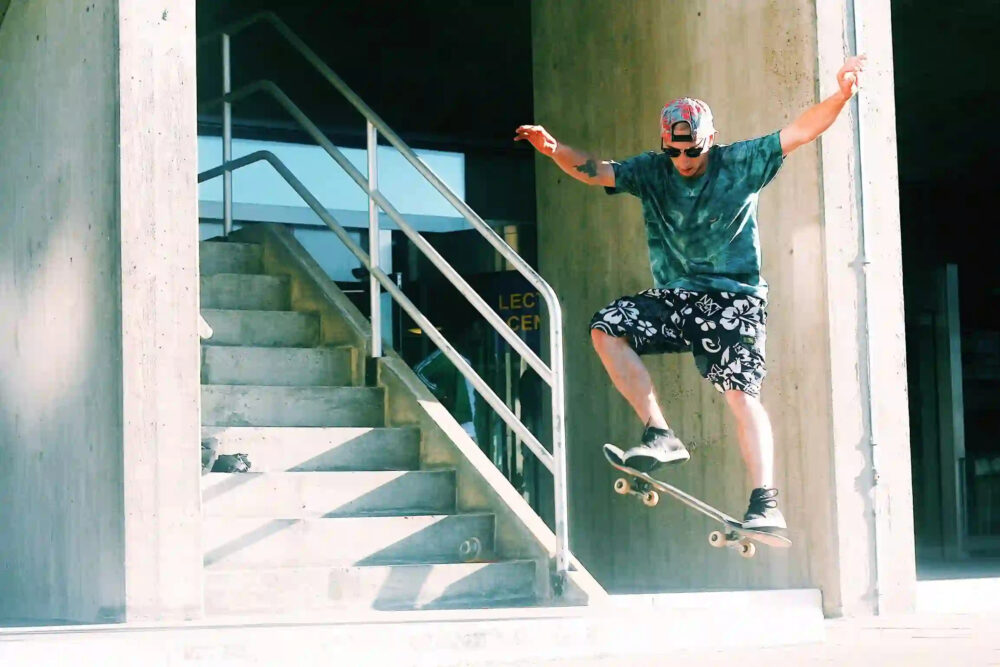In the ever-evolving landscape of popular culture, there has been a remarkable shift in recent years. What was once considered niche or underground has now permeated mainstream consciousness, blurring the lines between what is deemed “popular” and what is considered “alternative.” This phenomenon, often referred to as the pop culture crossover, has had a profound impact on the way we consume media, interact with art, and engage with the world around us.
The Rise of Niche Culture
Niche culture, by definition, refers to those aspects of culture that are outside the mainstream and cater to a specialized interest. These could include subcultures like cosplay, comic book fandom, underground music genres, and independent film. Historically, these niches have been relegated to the fringes of popular culture, often dismissed as obscure or esoteric.
However, with the advent of the internet and social media, these niche communities have found a platform to connect, share, and grow. What was once confined to small pockets of enthusiasts has now blossomed into vibrant, global communities. This newfound connectivity has allowed niche culture to gain visibility and influence far beyond its traditional boundaries.
The Mainstream Embrace
One of the most intriguing aspects of the pop culture crossover is the way in which mainstream media and entertainment have embraced elements of niche culture. What was once the domain of a select few is now celebrated and integrated into the fabric of popular entertainment.
For example, comic book characters, once relegated to the pages of niche comic book stores, have become the cornerstone of blockbuster films and television shows. The rise of conventions like Comic-Con has propelled cosplay and fan culture into the mainstream spotlight, garnering attention from both fans and industry insiders alike. Similarly, independent musicians and artists now have the opportunity to reach global audiences through platforms like Spotify and YouTube, blurring the lines between underground and mainstream music.
Impact on Consumer Behavior
The pop culture crossover has had a profound impact on consumer behavior. As niche culture becomes increasingly intertwined with mainstream media, consumer preferences have shifted. Audiences are no longer satisfied with passive consumption; they seek immersive experiences that allow them to engage with their favorite entertainment on a deeper level.
This has given rise to a demand for interactive experiences, limited edition merchandise, and fan-driven content. Fans are not just consumers; they are active participants in the creation and evolution of the media they love. This shift has forced content creators and marketers to reevaluate their approach, placing a greater emphasis on community engagement, authenticity, and inclusivity.
The Future of Pop Culture
As the lines between niche and mainstream continue to blur, the future of pop culture appears to be more inclusive and diverse than ever before. The pop culture crossover has opened doors for underrepresented voices and perspectives to find a platform and audience. It has also challenged traditional notions of what constitutes “mainstream,” paving the way for a more expansive and eclectic cultural landscape.
In conclusion, the pop culture crossover represents a seismic shift in the way we define and engage with popular culture. What was once niche is now mainstream, and the boundaries that once separated the two have become increasingly porous. As we look to the future, it’s clear that the lines between niche and mainstream will continue to blur, ushering in a new era of cultural expression and creativity.
In this blog post, we explored the phenomenon of the pop culture crossover, examining how niche culture has transcended traditional boundaries to become an integral part of mainstream media and entertainment. We delved into the impact of this crossover on consumer behavior and the future of pop culture, highlighting the transformative effect it has had on the cultural landscape. As we navigate this ever-evolving terrain, it’s evident that the pop culture crossover will continue to shape and redefine the way we engage with the media we love.
